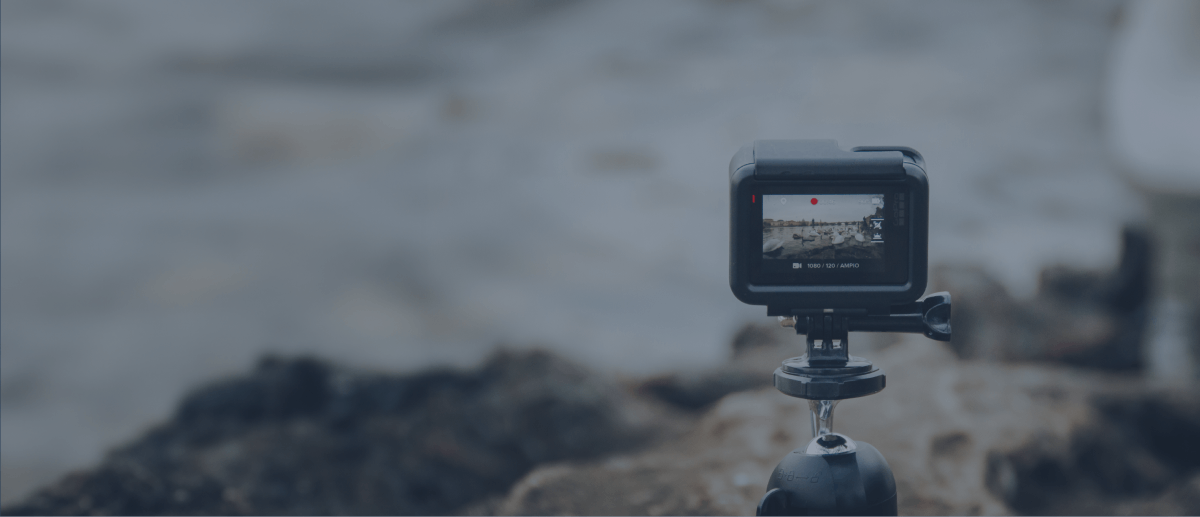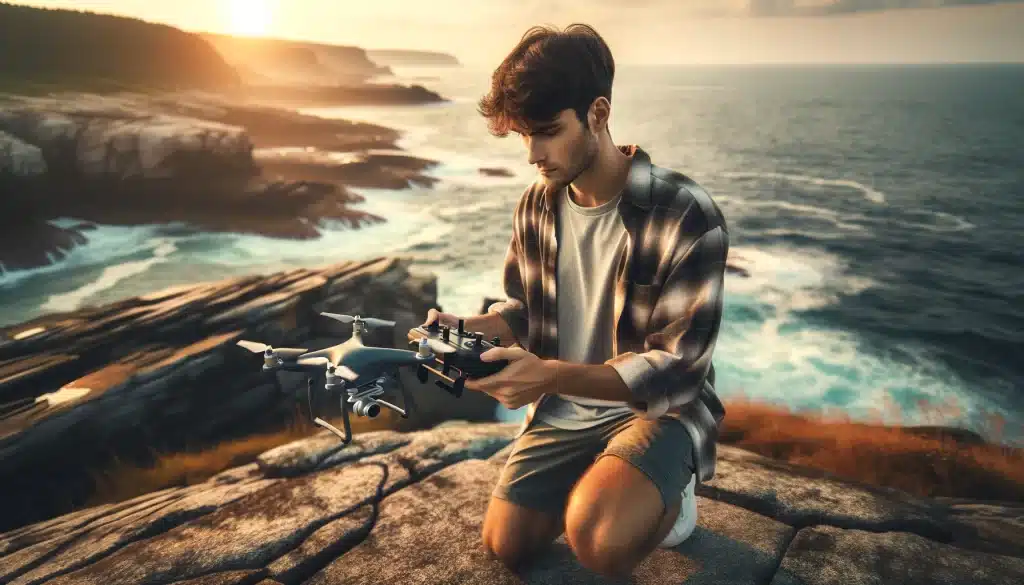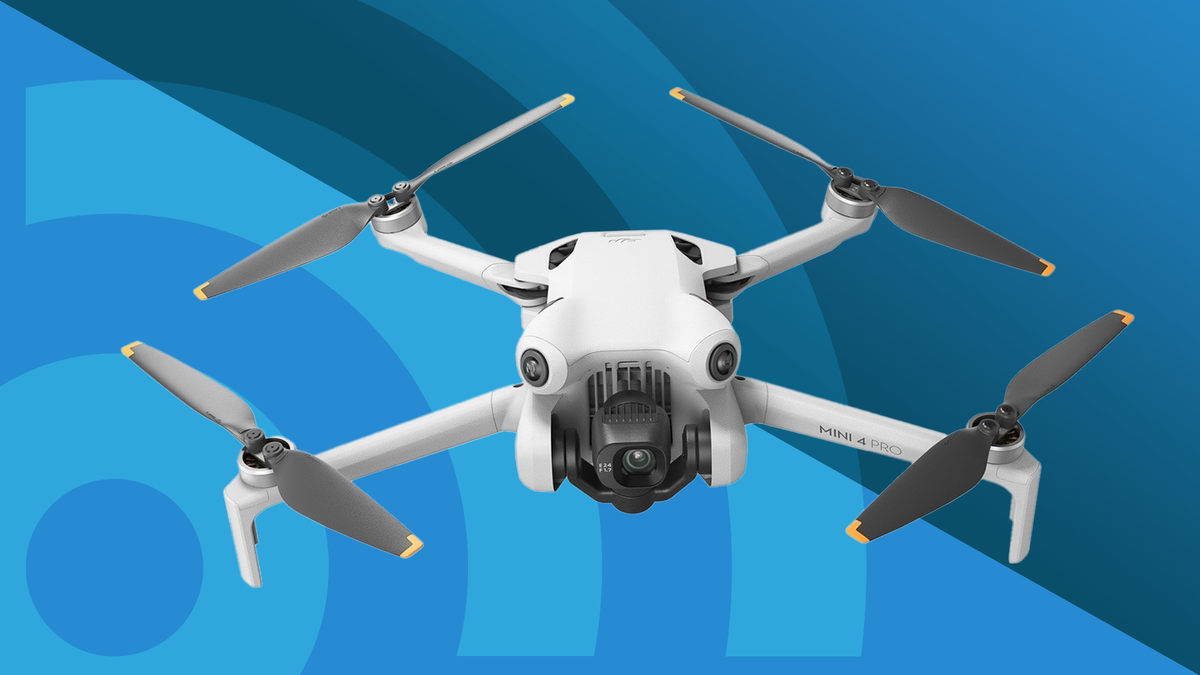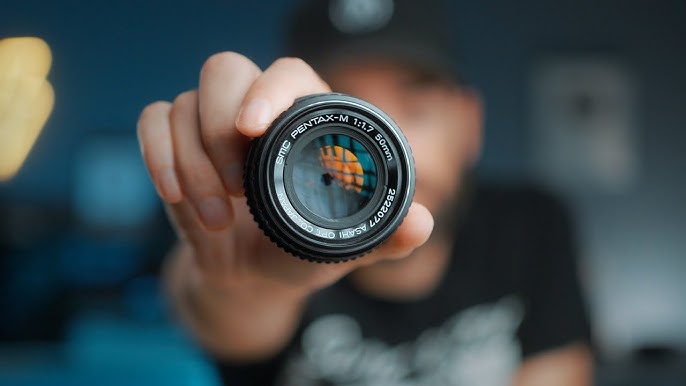Capturing stunning aerial footage in low-light conditions poses a unique set of challenges for drone photographers. Whether you’re shooting at dawn, dusk, or in overcast weather, having the right lens can make a significant difference in image quality.
In this guide, we’ll explore how to choose and utilize a drone lens optimized for low light conditions to ensure your shots are crisp, clear, and vibrant.
Understanding Low Light Photography
Low Light Challenges:
- Reduced Image Quality: Low light can lead to increased noise, reduced sharpness, and diminished color accuracy.
- Shutter Speed Constraints: Slower shutter speeds required in low light can result in motion blur if not managed properly.
- Limited Depth of Field: Inadequate light can affect the lens’s ability to focus accurately, impacting the overall depth of field.
Characteristics of a Good Low Light Drone Lens
- Wide Aperture:
- Importance: A lens with a wide aperture (e.g., f/1.8, f/2.8) allows more light to enter, making it ideal for low light conditions. This enables better performance in dim environments and provides a shallower depth of field.
- Benefits: Improved low-light performance, reduced noise, and enhanced subject isolation.
- High Optical Quality:
- Importance: Lenses with high optical quality reduce aberrations and distortions, which can be more pronounced in low light. Look for lenses with advanced coatings and high-quality glass elements.
- Benefits: Sharper images with greater color accuracy and reduced glare.
- Image Stabilization:
- Importance: In low light, even slight camera movements can result in blurry images. Lenses with image stabilization (or drones with built-in stabilization) help compensate for these movements.
- Benefits: Clearer images and smoother video footage, especially at slower shutter speeds.
- Low-Light Performance:
- Importance: Some lenses are specifically designed to perform better in low light conditions. These lenses often have specialized coatings and designs to maximize light transmission.
- Benefits: Enhanced ability to capture detailed images in challenging lighting conditions.
Recommended Low Light Drone Lenses
- High-Aperture Lenses:
- Examples: Lenses with apertures of f/1.8, f/2.0, or f/2.8 are excellent for low light. They allow more light to hit the sensor, making them suitable for capturing detailed images in dim conditions.
- Lenses with Advanced Coatings:
- Examples: Lenses with anti-reflective coatings, such as multi-coated or nano-coated lenses, reduce lens flare and improve light transmission, which is beneficial in low light.
- Wide-Angle Lenses with Low Distortion:
- Examples: Wide-angle lenses with low distortion and high-quality optics can capture more of the scene while maintaining clarity, even in low light.
Tips for Using a Drone Lens in Low Light
- Optimize Camera Settings:
- Shutter Speed: Use slower shutter speeds to allow more light to reach the sensor, but be mindful of potential motion blur. Employ image stabilization features to counteract this effect.
- ISO Settings: Increase ISO settings to make the sensor more sensitive to light. However, be cautious of excessive noise, and use noise reduction techniques in post-processing if needed.
- Use Manual Focus:
- Importance: Autofocus systems can struggle in low light. Manual focusing allows for more precise control and ensures that your subject is sharp.
- Utilize Light Sources:
- Techniques: When possible, use existing light sources such as streetlights or illuminated buildings to enhance the scene. Consider adding external lights or reflectors if appropriate.
- Post-Processing Techniques:
- Enhancements: Utilize photo editing software to adjust exposure, reduce noise, and enhance detail. Techniques such as noise reduction, sharpening, and contrast adjustments can significantly improve low-light images.
- Plan Your Shots:
- Timing and Location: Plan your flights during the “golden hour” or “blue hour” when natural light is softer and more diffuse. Choose locations with interesting lighting elements to enhance your shots.
Conclusion
Choosing the right lens for low-light drone photography can transform your ability to capture compelling and high-quality aerial imagery in challenging conditions.
By selecting lenses with wide apertures, high optical quality, and image stabilization, and by employing effective camera settings and post-processing techniques, you can overcome the difficulties of low light and achieve stunning results.
Equip your drone with a lens designed for low-light performance and elevate your aerial photography to new levels, capturing beautiful and detailed images even when the light fades.









Leave a Reply